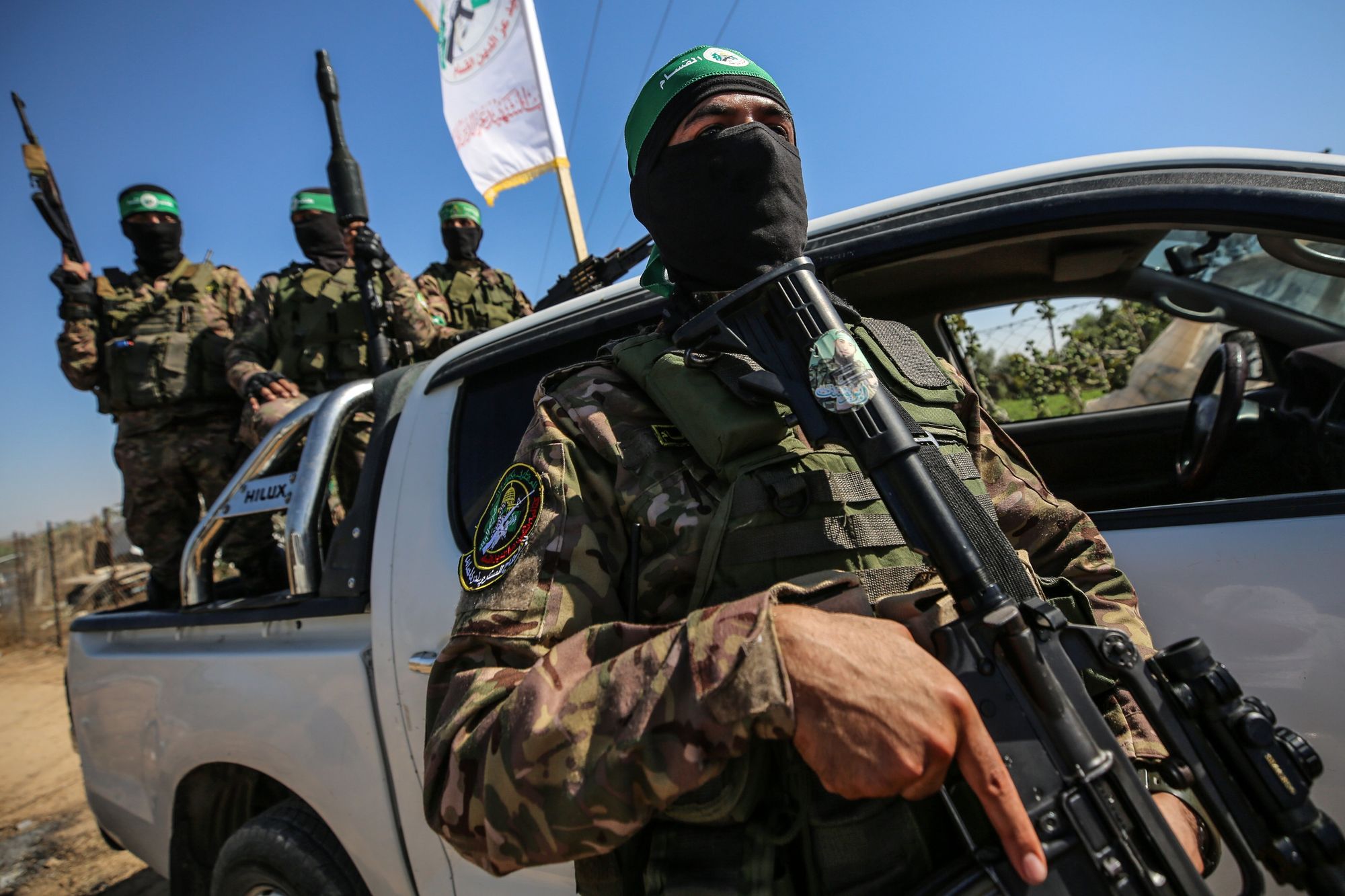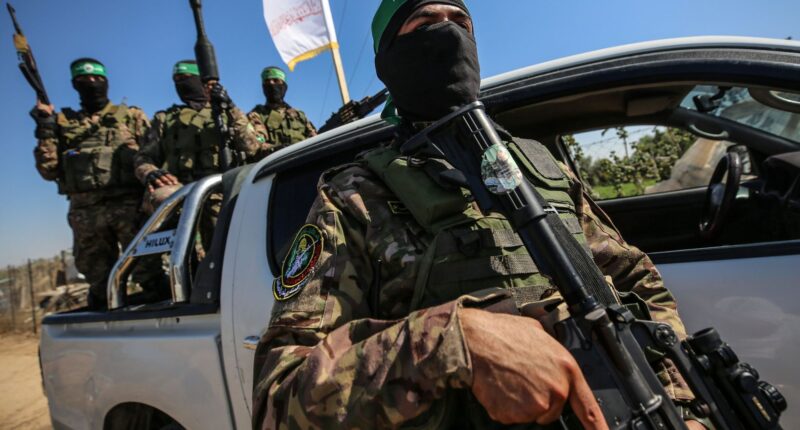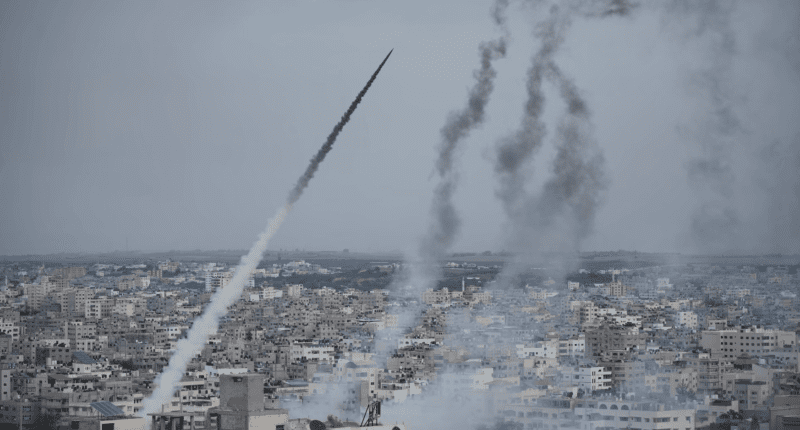A dramatic and unsettling scene unfolded at one of the world’s most prestigious aviation events as an Indian Air Force fighter jet crashed during a display at the Dubai Air Show, sending shockwaves across the global aerospace community and raising urgent questions about flight safety, demonstration protocols, and future participation by international military teams.
The incident, which occurred during a high-intensity aerial performance, brought the fast-paced show to a sudden halt. While emergency crews responded within seconds, the spectacle — expected to highlight India’s aviation prowess — instead turned into a sobering reminder of the risks inherent in advanced military aviation.
A Showcase Turns Into a Crisis
The Dubai Air Show, known for attracting top aviation manufacturers, military delegations, and aerospace innovators from around the world, was hosting a live demonstration of India’s fighter aircraft capabilities.
Midway through a maneuver, the aircraft reportedly:
- lost altitude abruptly,
- deviated from its planned line, and
- crashed at high velocity into a designated buffer zone away from the crowd.
While initial reports indicate that no spectators were harmed, the condition of the pilot and the extent of technical damage are still being assessed by authorities.
Eyewitnesses described the scene as “surreal,” saying the aircraft was performing a sharp ascent or high-G maneuver when something “went wrong in a split second.”
Immediate Response and Containment
Dubai’s emergency response teams — known for their rigorous preparation during high-risk events — swiftly contained the crash site:
- fire suppression units controlled the blaze,
- medical teams were dispatched instantly,
- air traffic controllers halted subsequent routines, and
- military delegations were moved to secure observation areas.
The air show’s organizing committee temporarily suspended all flight displays to allow for:
- debris assessment,
- aircraft system analysis,
- risk evaluation, and
- coordination with Indian Air Force representatives.
Authorities emphasized that crowd safety was never compromised, thanks to carefully planned no-fly and buffer zones designed precisely for such contingencies.
India’s Ambitious Aviation Push — Now Under Scrutiny
India has been aggressively expanding its defense aviation profile, showcasing its fighter jets abroad to attract global partnerships, joint-production deals, and foreign buyers.
The Dubai Air Show was intended to highlight:
- India’s growing aerospace manufacturing capabilities,
- indigenous fighter development,
- pilot skill and operational readiness, and
- India’s increasing role as a major defense exporter.
This crash, however, brings unwanted attention and could temporarily complicate discussions with potential partners evaluating India’s aircraft and aviation systems.
Technical Investigation Begins
A joint investigative team comprising:
- Indian Air Force officials,
- Dubai Civil Aviation authorities,
- event aviation safety specialists, and
- aircraft manufacturer engineers
will dissect the cause of the crash.
Key areas of focus include:
1. Mechanical or System Failure
Possible issues with flight control systems, avionics, engine performance, or structural integrity.
2. Pilot-Related Factors
Human error, misjudgment during a complex maneuver, or unforeseen disorientation.
3. Environmental Conditions
Wind shear, sudden thermal currents, or mechanical stress due to high temperatures.
4. Demonstration Risk Complexity
Air shows often involve extreme flight configurations that push aircraft close to their operational limits.
The final report may take weeks to complete, but preliminary findings will influence future show routines and safety protocols.
Global Military and Industry Reactions
The aviation community responded with an outpouring of concern and solidarity.
Demonstration crashes, while rare, are taken extremely seriously because they involve:
- highly trained pilots,
- cutting-edge aircraft, and
- environments built for maximum safety.
Defense analysts note that high-performance aircraft operate at the razor’s edge during displays — meaning even minor variances can lead to catastrophic outcomes.
International delegations expressed relief that spectators were unharmed and signaled confidence in Dubai’s world-class safety systems.
Impact on the Dubai Air Show’s Program
While the Dubai Air Show is expected to continue after the investigation zone is secured, there may be:
- modifications to upcoming aerial demonstrations,
- restrictions on certain high-risk maneuvers,
- increased spacing between flight routines, and
- enhanced technical checks before departures.
Airshow organizers remain committed to safety — a cornerstone of an event that hosts tens of thousands of attendees and hundreds of aircraft annually.
Broader Implications for India’s Defense Narrative
India’s indigenous aviation programs, including the Tejas fighter jet and upcoming 5th-gen platforms, are key to its military modernization.
A crash — especially on an international stage — may temporarily affect:
- buyer confidence,
- export negotiations,
- public perception of India’s aviation capabilities,
- ongoing strategic partnerships.
However, analysts caution against drawing premature conclusions:
even advanced aircraft from the U.S., Europe, and Russia have experienced crashes during complex demonstrations.
The incident will more likely spark discussion on training, maintenance protocols, and demonstration risk management than fundamentally alter India’s aerospace trajectory.
Conclusion: A High-Stakes Reminder of Aviation’s Limits
The crash of an Indian fighter jet at the Dubai Air Show stands as a stark reminder that behind the glamour and spectacle of aviation displays lies an unforgiving reality: modern fighter jets push physics to its limits — and those limits can break.
The coming days will bring clarity through investigation, diplomacy, and technical review.
But for now, the aviation community reflects on a day when celebration turned into alarm — and when global audiences were reminded that the pursuit of aerospace excellence always comes with immense risk.
As the Dubai Air Show resumes, the world watches closely, hoping for answers — and grateful that a potentially catastrophic event was contained with no civilian casualties.














